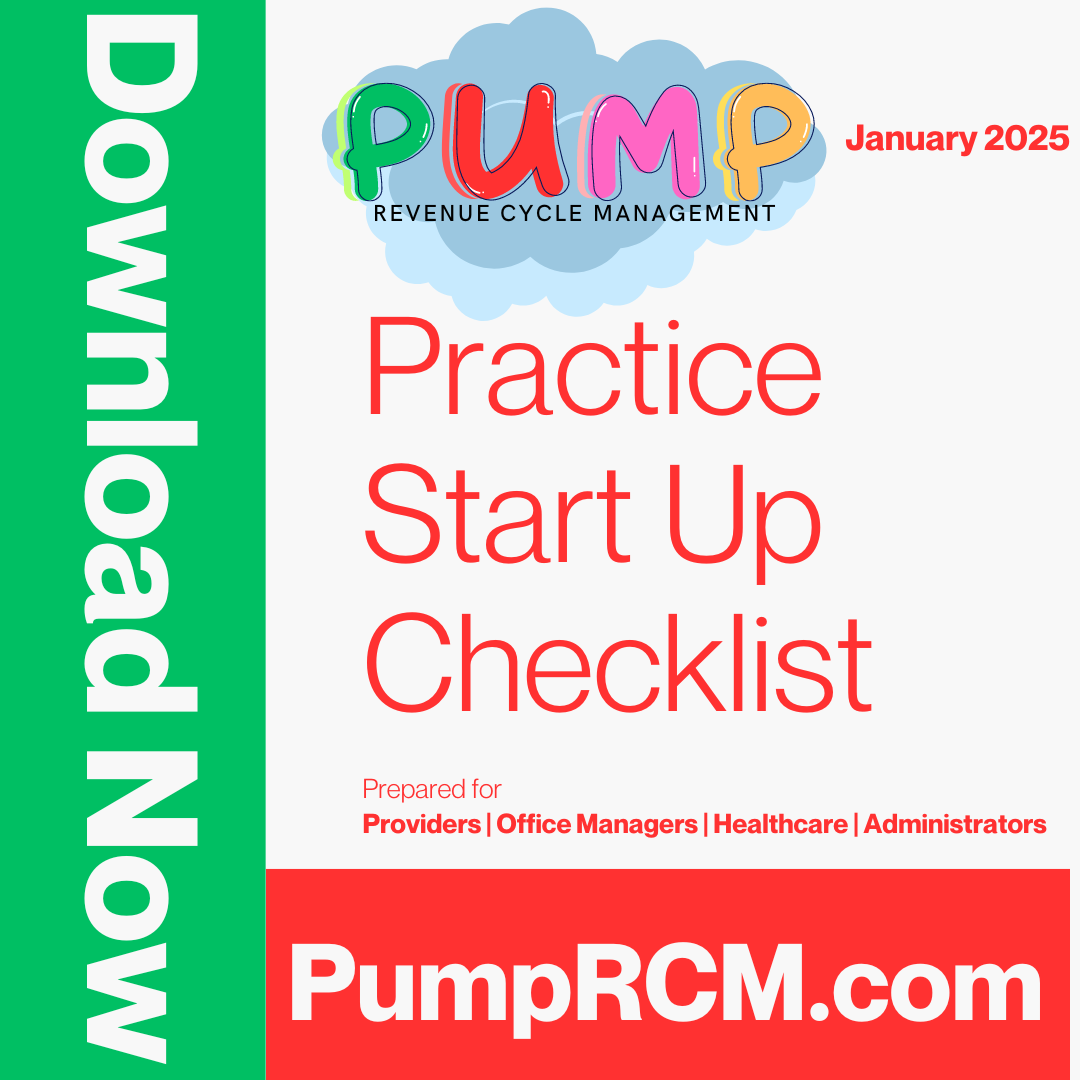How Healthcare RCM Solutions Streamline Billing and Collections
How Healthcare RCM Solutions Streamline Billing and Collections
Blog Article
A Comprehensive Guide on How Healthcare RCM Works to Improve Invoicing and Collections
Navigating the complexities of health care earnings cycle management (RCM) is critical for companies intending to enhance their invoicing and collections procedures. The guide unpacks the details of RCM, from individual registration to accounts receivable management, using insights right into optimizing each step.
Recognizing Revenue Cycle Administration
Grasping the complexities of Profits Cycle Monitoring (RCM) is important for health care organizations aiming to enhance their economic efficiency. RCM is an important administrative function that includes the entire financial procedure of client care, from the preliminary consultation readying to the last settlement of the equilibrium. It is an intricate treatment created to recognize, gather, and handle the profits from the services offered to individuals. Reliable RCM ensures that doctor get accurate and timely repayments, lessening the threat of income loss and improving capital.
The RCM procedure begins when a patient timetables a consultation and prolongs through the individual's care trip, including payment and collections. An essential purpose is to minimize the time in between receiving and giving a service settlement, therefore enhancing the company's monetary health. RCM entails different functions such as individual registration, insurance confirmation, charge capture, coding, declares entry, repayment uploading, and handling charms and rejections.
Trick Parts of RCM
In the world of Revenue Cycle Administration (RCM), comprehending its crucial components is fundamental to achieving monetary performance within healthcare organizations. RCM is a thorough procedure that encompasses different phases, each vital to ensuring efficient payment and collections. The primary elements include patient registration, insurance policy confirmation, charge capture, coding, insurance claim entry, payment uploading, and accounts receivable management.


As soon as coded, cases are submitted to payers, where accuracy is extremely important to avoid beings rejected or delays - Healthcare RCM. Settlement publishing includes tape-recording the obtained settlements, which enables the reconciliation of accounts. Lastly, accounts receivable administration concentrates on tracking and addressing unsettled claims, making sure prompt follow-up and resolution
Each component of RCM is interconnected, and inefficiencies in any part can interfere with the whole cycle. As a result, understanding these elements is crucial for healthcare service providers to maximize profits and enhance their financial wellness.
Methods for Efficient Billing

Standardizing payment treatments across the organization is an additional crucial technique. Developing clear standards for documents, coding, and submission helps maintain uniformity and compliance with regulative demands. Training team routinely on these procedures guarantees everyone is current with the current modifications in invoicing codes and payer policies.
Exact fee capture is vital in go to website protecting against earnings leak. Carrying out routine audits and tracking systems permits the recognition and adjustment of inconsistencies prior to they affect earnings. In addition, maintaining open lines of interaction with payers aids to promptly resolve any disputes or misconceptions that may occur.

Lastly, interesting clients early in the payment process by offering clear price quotes and academic materials concerning their economic obligations can substantially decrease complication and boost settlement timeliness. These methods jointly add to an extra economically healthy and efficient billing system.
Enhancing Collections Procedures
Given the intricacies of medical payment and the range of payer needs, enhancing the collections process involves applying tactical measures that make certain timely and accurate settlement of solutions provided. Automation tools can aid in tracking insurance claim conditions, sending out prompt suggestions to people, and handling rejections a lot more properly.
Educating team to recognize the subtleties of insurance coverage and payment codes is just as essential. This knowledge equips them to deal with invoicing disparities quickly and communicate successfully with people regarding their financial obligations. Moreover, transparent and clear individual interactions are crucial. Providing detailed explanations of fees and supplying adaptable settlement strategies can boost client satisfaction and punctual settlements.
Regular audits of the collections process should be performed to determine areas for enhancement and make sure compliance with regulations. By examining information, healthcare companies can identify fads, anticipate possible concerns, and adjust methods accordingly (Healthcare RCM). Eventually, a well-enhanced collections procedure not only sustains financial health and wellness yet likewise adds to a more seamless experience for people and staff alike
Optimizing Profits Streams
Structure upon the foundation of a solid collections procedure, healthcare organizations can better bolster their monetary security by purposefully optimizing profits streams. great post to read This entails a multi-faceted technique, starting with an extensive evaluation of existing income resources to identify inefficiencies and areas for development. Employing innovative data analytics devices allows organizations to gain understandings right into payer mix, patient demographics, and service use patterns, enabling data-driven decisions that improve revenue capture.
Carrying out automated billing systems can substantially lower mistakes and expedite insurance claims processing, making certain that revenue is collected much more successfully. Furthermore, enhancing payer agreements with normal negotiations can improve reimbursement rates and terms, straight influencing the lower line. Branching out service offerings, such as integrating telehealth or health care, can likewise draw in a wider client base, thus increasing revenue potential.
An additional essential part is boosting individual interaction and fulfillment, as pleased clients are more probable to abide by therapy strategies and make timely payments. Offering adaptable repayment choices and transparent billing practices can improve collections and foster patient loyalty. Healthcare RCM. By taking on these methods, health care organizations can create an extra durable financial framework, making certain continual growth and security in an ever-changing sector landscape
Conclusion
Finally, medical care Revenue Cycle Management (RCM) plays a vital function in optimizing billing and collections processes by integrating essential components such as person enrollment, insurance policy confirmation, charge capture, coding, asserts entry, and receivable administration. By utilizing innovative modern technology, standardizing treatments, and cultivating client interaction, doctor can significantly minimize case denials, speed up settlement cycles, and enhance capital. This comprehensive technique to RCM inevitably results in enhanced economic performance and sustainability for healthcare organizations.
The RCM procedure starts when a patient routines a consultation and extends with the person's care trip, consisting of billing and collections.An additional important component is improving patient involvement and satisfaction, as completely satisfied clients are more most likely to adhere to therapy plans and make timely settlements. Offering versatile settlement alternatives and clear payment practices can enhance collections and foster individual commitment.In verdict, medical care Revenue Cycle Management (RCM) plays a vital function in enhancing invoicing and collections procedures by incorporating crucial parts such as individual registration, insurance coverage verification, fee capture, coding, asserts entry, and accounts receivable administration. By utilizing sophisticated innovation, standardizing procedures, directory and fostering patient engagement, medical care providers can considerably reduce case rejections, speed up payment cycles, and boost money flow.
Report this page